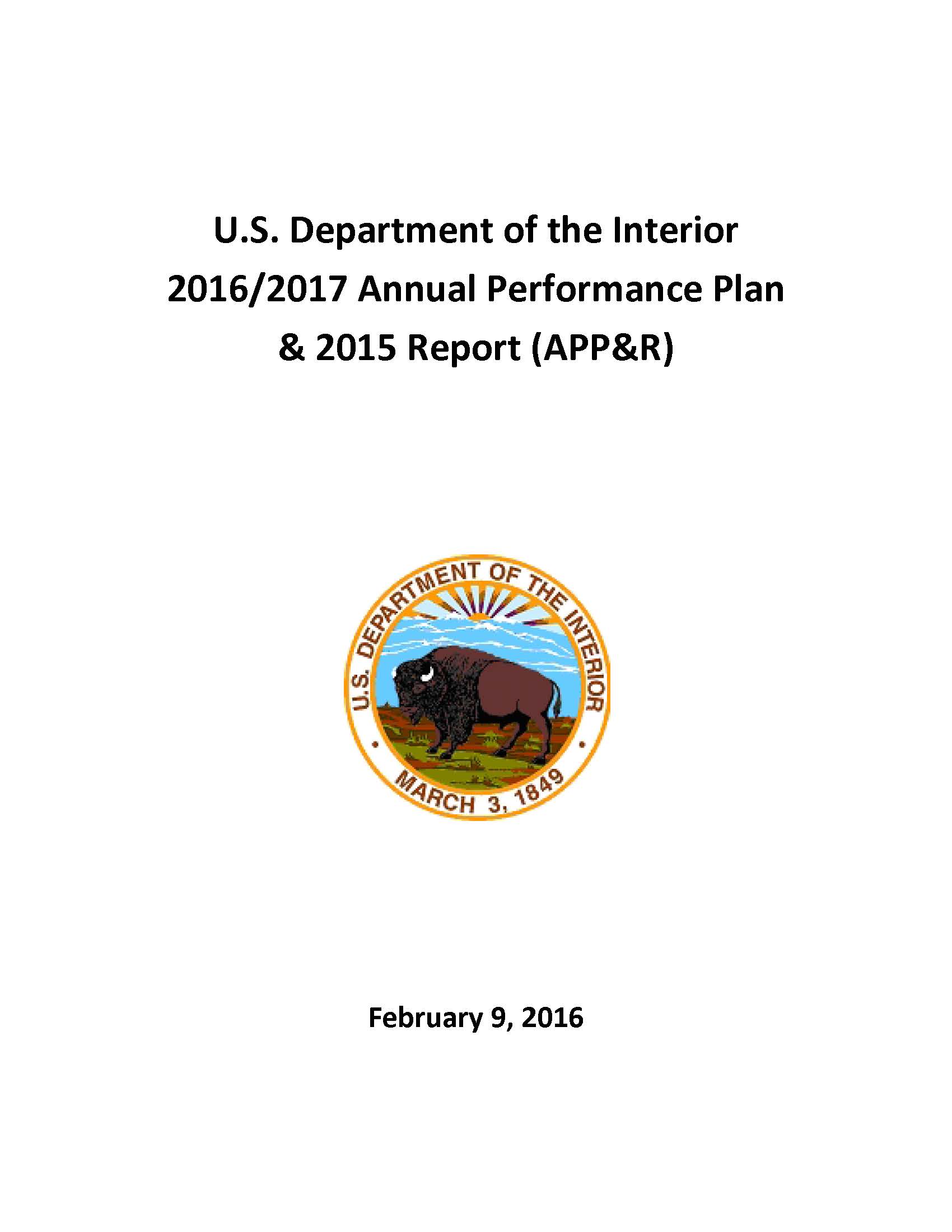- Home
- Agencies
- Department of Agriculture
- Department of Housing and Urban Development
- General Services Administration
- Department of Commerce
- Department of the Interior
- National Aeronautics and Space Administration
- Department of Defense
- Department of Justice
- National Science Foundation
- Department of Education
- Department of Labor
- Office of Personnel Management
- Department of Energy
- Department of State
- Small Business Administration
- Environmental Protection Agency
- Department of Transportation
- Social Security Administration
- Department of Health and Human Services
- Department of the Treasury
- U.S. Agency for International Development
- Department of Homeland Security
- Department of Veterans Affairs
- Goals
- Initiatives
- Programs
Primary tabs
Strategic Objective
Manage Non-Energy Mineral Development
Strategic Objective
Progress Update
The increasing number and size of exploration and mining authorizations, as well as the required analysis of complex technical and environmental issues, continues to increase the time and cost required to evaluate these authorizations. Additionally, as demand for non-energy mineral development has increased, fewer acres are available for reclamation as operators keep mines open longer, slowing the number of mined acres reclaimed annually from a high of approximately 2,200 to 1,300.
The BLM conducts the required environmental analysis of complex issues necessary to authorize use on BLM public lands, to meet the increasing demand for non-energy solid leasable minerals (especially potash and phosphate). The BLM prioritizes resources with emphasis placed on inspections and production verification to manage existing leases; any remaining time and funds have been spent on processing new non-energy mineral applications.
The FY 2015 results for non-energy mineral exploration were as expected. Mined acres reclaimed exceeded expectations when multi-year reclamation at several locatable operations met acceptance standards criteria.








